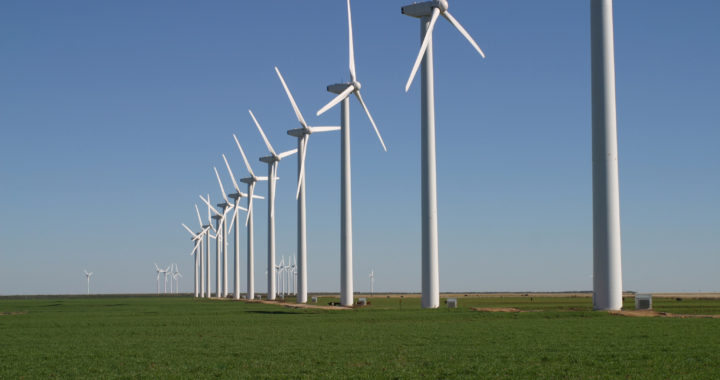The chief argument used by anti-fracking protesters is that, put bluntly, fracking is bad for the environment. Why, anti-fracking proponents ask, when we could implement renewable energy across the board, would we waste our time with a process that’s not good for the environment and the people living in it?
Perhaps environmentalists would argue that the answer to that question is “money.” But, let’s assume for a second that the people who run oil and gas companies aren’t interested in completely destroying the planet just to pad their pockets. They live here, too, after all. Perhaps there’s another reason that the country continues to rely more and more heavily on hydraulic fracturing?
Renewable Energy Isn’t Ready Yet
Even if you’re not on board the climate change express, most people realize that developing renewable energy sources is a good idea. The problem is that the renewable energy infrastructure is basically non-existent. Last year alone, the combined effort of every single viable form of renewable energy in the United States — wood, biofuels, biogas, hydropower, geothermal energy, wind energy, and solar energy — accounted for a mere 11 percent of domestic energy production.
Now, that’s bound to change in the future. Everyone is working to develop renewable energy production as well as the means to transmit that energy for one place to another. In 2016, worldwide investments in renewables hit $286 billion.
Even Big Bad Trump is dropping serious cash investing in renewable energy. The administration is planning to drop more than $130 billion putting renewable infrastructure into place.
That means navigating lots of construction projects, it also means working out the political intricacies involved with transmitting energy from one state to the next. Remember, it took decades to put the current oil and gas infrastructure into place. It’s impossible to just flip a switch and suddenly be ready to operate solely on renewables.
Fracking Is Way More Responsible Than the Alternative
Meanwhile, we need to keep the lights on while we’re working towards that shiny, renewable future, and fracking is getting the job done admirably. Not only is the process able to piggyback on the current oil and gas infrastructure, it’s much less hazardous than the coal alternative.
Thanks to the country’s increased reliance on fracking, the nation’s carbon emissions has dropped 14 percent in just a decade. In 2016, the United States hit a 25-year-low in CO2 emissions. That’s a boast pretty much no other country in the world can make, and according to the Energy Department, that drop is thanks to fracking.
The Industry Working Toward Renewables, Just Hold Your Horses
Everyone understands that in the long term, renewable sources of energy are the only way to get things done, but it’s not going to happen overnight. We need an energy source that will bridge the gap between coal and our renewable future.
While scores of people protest the role of hydraulic fracturing in society, it is fracking that’s helping to ease the burden on the planet while the world works on making renewables actually feasible.

